Much of a wildlife photographer’s day goes to waiting — for a bird to take off, an animal to appear, or that perfect shot. Unlike studio photography, wildlife photographers rely on nature. Weather might shift suddenly, or a bird might vanish into the trees.
Duncan Kabinu received his first camera when he was nine-years-old; a pinhole camera in which the images were shown upside down. Each week he’d wait impatiently for his dad to hand him an envelope filled with his newly-developed photos. This was the beginning of his fascination with photography.
In addition to being an entrepreneur and the CEO and co-founder of Gainesville Dev Academy, Duncan is a professional photographer who takes headshots, family photo sessions, and product shots, to name a few. Over the past few years, he’s become somewhat of a local wildlife photography expert, even becoming an honorary member of both the Alachua and Santa Fe Audubon Societies — although he considers himself to be more of a wildlife photographer than a traditional birder.
While his journey into wildlife photography began entirely by accident, Duncan believes there’s much more to this hobby than simply going out and taking photos. It’s a chance to disconnect from the world, embrace nature, and focus on staying mindful.
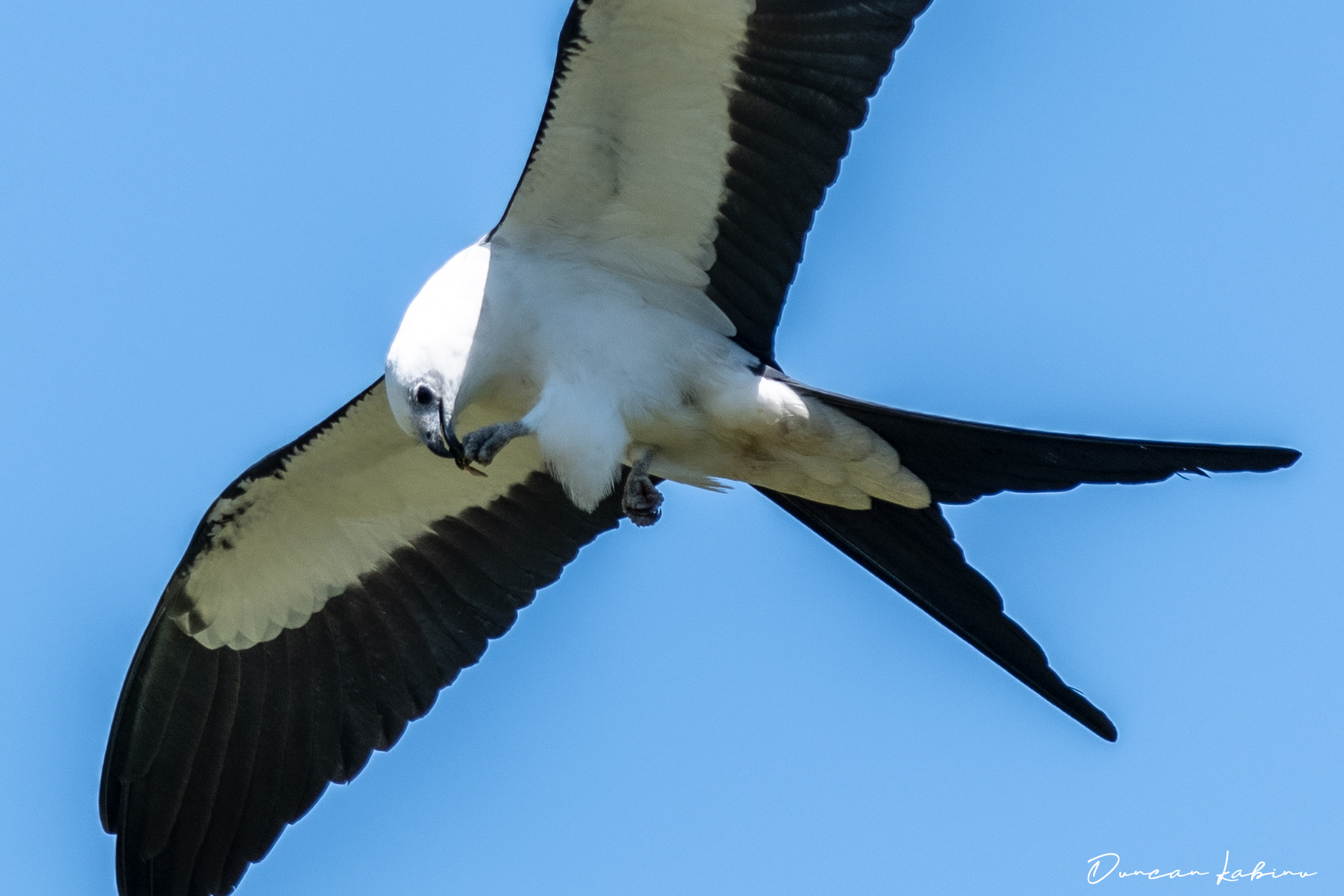
Finding Tranquility Through the Outdoors
A marathon runner forced to temporarily take a break, Duncan originally began walking as a way to continue exercising. As he took long walks through the local preserves and parks, he began to notice things he hadn’t before. He was suddenly more aware of the beauty around him. The rustle of the trees, the birds in the sky — even the hum of the dragonflies.
To Duncan, this is what he loves best about wildlife photography. An appreciation of wildlife and nature. Becoming hyperfocused on the world, and having an increased awareness of your surroundings. It also means that, while he is ready to take photos at any time, he doesn’t go out with any photography goals in mind. Rather, he has no plans to capture anything.
If you’re out with an objective to capture a certain number of animals each day — getting a bobcat in motion for example — you’re saying, “I know how nature works. I can tell that bobcat is showing up and where it will be at a certain time.” I can tell you it doesn’t happen that way. It’s important to have managed expectations.
I go out there with the purpose of walking and enjoying being away from my computer and phone. Otherwise, the only thing you can guarantee is that you’ll be disappointed. For me, I enjoy what I go out there to do, which is just enjoy nature. Then if I run into something I’m excited about, I’ll take pictures of it all day long. It’s still a mindful thing. Photography is just the byproduct of being out there.
I usually tell myself I’ll only be out there for 45 minutes and then I’ll look at my watch and realize I’ve been outside for three hours. Typically, I go out three, four, five times a week. Sometimes, I go twice in a day.
For Duncan, he goes out because he finds joy in being outdoors. It doesn’t matter if no photos were taken. This makes the journey the primary focus — and turns each walk into one of leisure and relaxation.
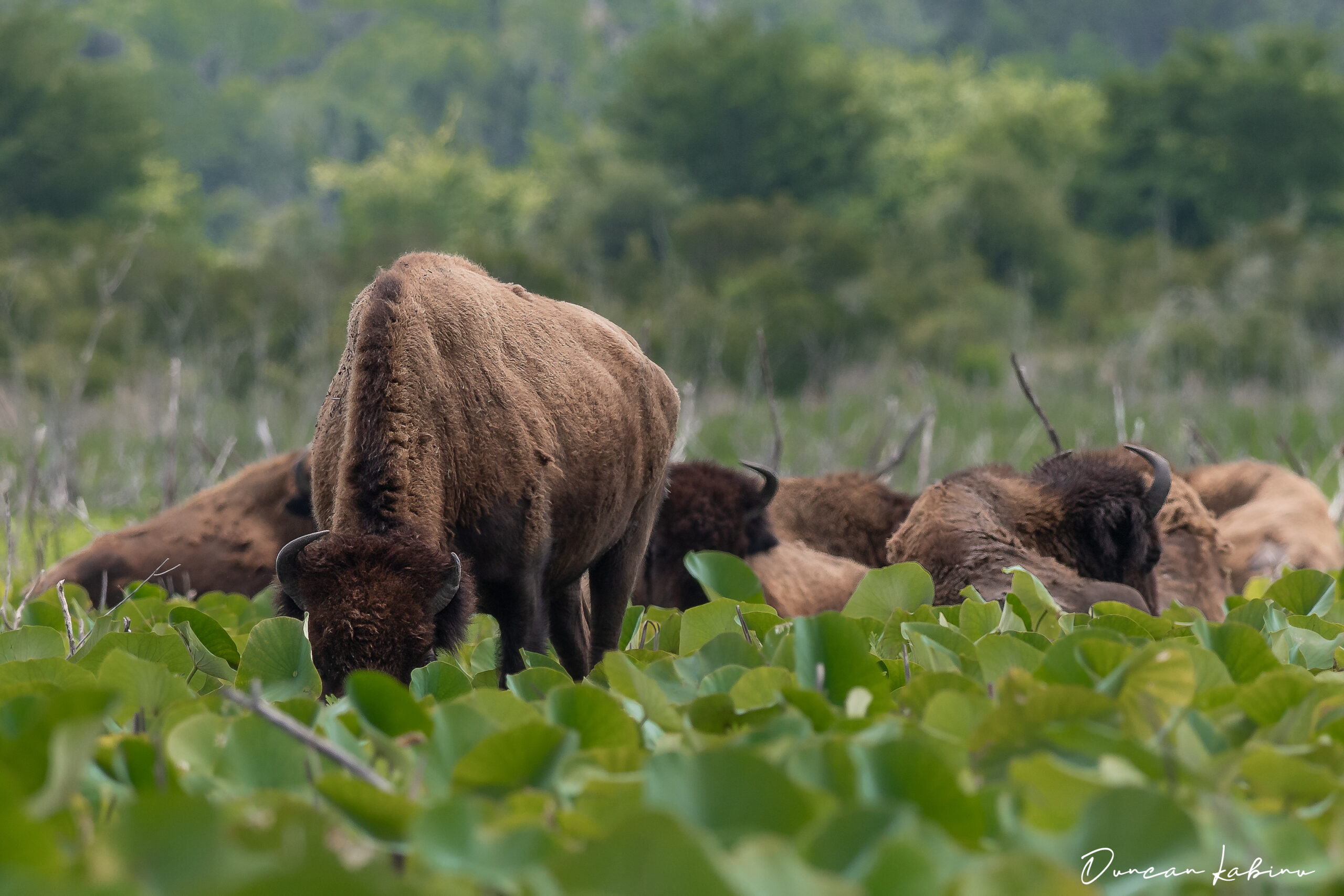
A New Approach to Wildlife Photography
When Duncan began posting his photography online, he did so with the intent to share the outdoors with anyone unable to walk the trails or without the opportunity to view wildlife in person.
“I want to bring nature to you so you can enjoy it as much as I do.”
And although he doesn’t consider himself a birder per se, he says the information birders know is a great resource for any wildlife photographer. 90% of wildlife photography comes from studying the behavior of your subject. The rest is just taking the picture.
If, for instance, you hear noise in a shrub — consider the time of year the plant bears fruit, and where the fruit grows. From there, you’ll be able to pinpoint whether they are eating, and their location within the plant. What time of day is it — and has it just been raining? If the branches are wet, it’s likely that the birds are as well. Birds prefer to dry their wings out rather than exude the energy needed to dry while flying. When you put all of this information together, you’ll be much better at not just capturing birds in motion, but predicting their movement.
For those interested in getting started, Duncan suggests checking out local wetlands and rookeries. He regularly frequents Sweetwater Wetlands Park in Gainesville. Places like these are ideal for photographers as they’re accessible and the birds are in plain sight.
His number one tip? Practice patience. Just sit and wait. Enjoy the sights and sounds around you. A lot of wildlife photography relies on opportunity and time — on being at the right place, and waiting. You can’t plan around nature.
When taking pictures of something in the distance, don’t wait till the last minute to start taking pictures. Start from wherever you are and take a few shots. Get a little closer and take a few more shots. Continue step by step until you can’t get any closer or your subject moves or flies away. Even a blurry or picture at a distance is better than having no picture at all.
Try not to spook the animals as you approach. It’s difficult to know how they’re going to respond. Never raise your camera directly toward them. Instead, start off to the side and gradually move your lens over. Sudden movements might startle them, so move slowly and decisively.
Stoop down to the animal’s eye level. Shoot for their eyes — it brings character and makes the shot more lively. Avoid photos of the animals moving away from you. You need to capture its face. Move yourself and your camera around. Take the photos from different angles. Standing up, lower to the ground, or at an angle. See what works. It just takes practice. And make sure you’re shooting daily. It doesn’t matter what it is. Anything — everything. Just practice your composition, lighting, and perspective.
As you create your own routine, pay attention to the patterns and behaviors of the animals. Early mornings are almost always a great time to go out. If it rains a lot in your area, go as soon as the rain stops and you’ll see birds waiting to warm up and dry off before flying away.
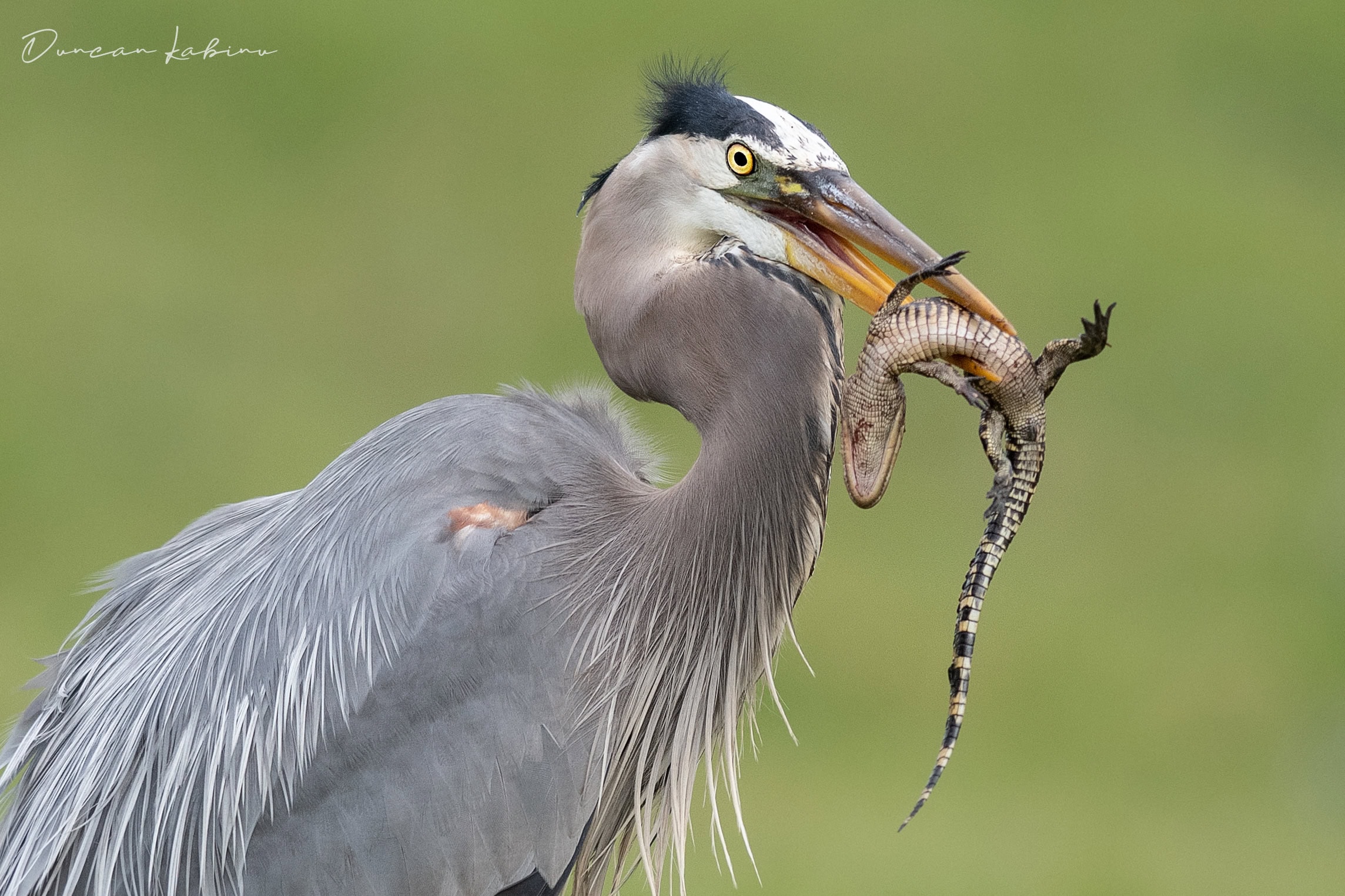
Connecting with the Audubon Community
Join local Facebook bird groups. You’ll receive firsthand knowledge on birds and wildlife from experts in your area, and all for free. These are also great ways to identify and learn about the local birds and hotspots nearby.
Here are some of Duncan’s favorite Facebook Groups:
- NANPA: North American Nature Photography Association
- Florida Birds and Wildlife
- Florida Birds
- Alachua County Birding
Birding apps are also a good resource to have in your pocket. Audubon lets you search for birds and report where you’ve seen them. This is especially handy if you’d like notifications on birds sighted in your area.
Cornell University boasts the largest ornithology university online, and their app, eBird, details everything you need to know — from the number of calories each bird needs to eat each day to the tracking and notifications of birds being spotted near you. Cornell also created Merlin, an app that lets you upload your photos and then uses AI to identify the bird. You can also see pictures of the birds at different stages in its life and listen to recordings of their sounds and calls.
Combining Photography and Storytelling
In addition to appreciating the meditative journey, one thing Duncan loves about wildlife photography is the stories that go alongside it. Think about the life the animal is living — why and how are they reacting or interacting in a certain way? Then change your perspective. Rather than seeing an ordinary bird in the sky, you’ll begin to see it as an animal hard at work, hovering, patiently waiting to dive for its next meal.
With each photo, Duncan works to provide a way to connect with the animals featured. “Now the next time people go out, they are more alert. Even the most everyday animal can be viewed with fresh eyes and excitement.”
Duncan uses a Nikon d830, typically with a 300mm lens. It has tracking features that help lock onto the subject and keeps it in focus wherever they move. However, if you’d like to get started in wildlife photography, you can absolutely start using the camera on your smartphone. Here are some of his favorite photos, and the stories that go along with them.
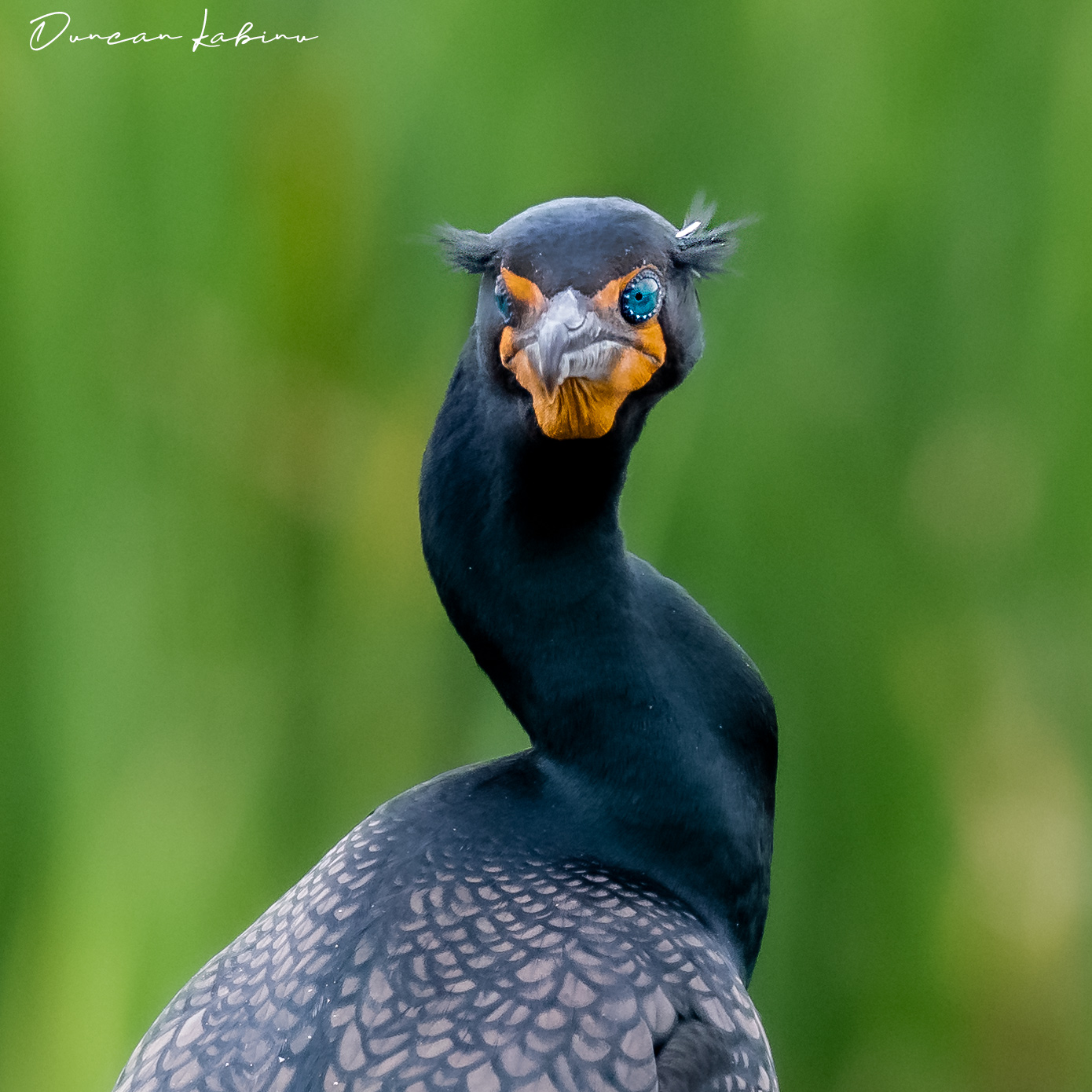
In the wild, male animals typically have brighter colors to attract females. The Double-crested Cormorant is no exception. Here, a male is pictured during the breeding season. It is only during the breeding season that the crests — which look like tufts of hair — appear. This was taken at Sweetwater.
“This bird just freaking fascinates me. Look at his eyes. They’re piercing emerald. They also have a blue mouth and interesting tufts on the top of their head,” says Duncan.
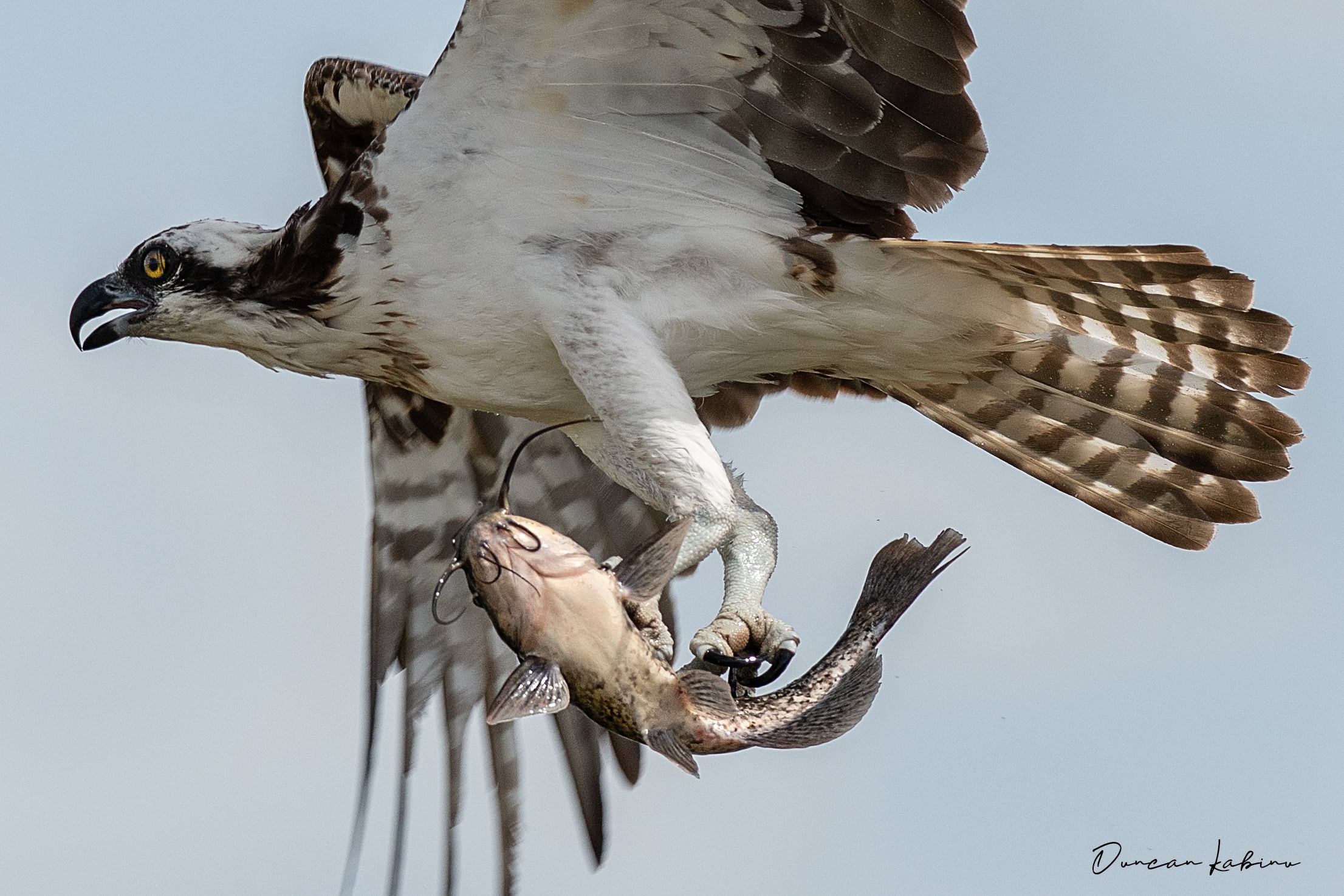
Osprey, considered large raptors, are one of Duncan’s favorite animals to photograph. Every move they make is calculated and intentional — from their hovering over prey to the instant they dive down to catch their next meal. As they circle and hover above the water, one of the many things they’re tracking is the direction the fish are swimming. As they dive down 30 – 50 miles an hour, at the very last second they will fling their feet to the front, claws fully extended. Without fail, their catch always faces forward — the most aerodynamic way to be carried.
Their large wingspan, typically more than five feet in length, gives them the power to start flapping their wings and climbing out of the water from the water’s surface. Not many birds have wings powerful enough to accomplish this.
This photo was taken at Sweetwater Wetlands Park. Sweetwater has several breeding pads that the osprey return to each year. On a good day, you can see between 8 – 10 osprey. If you’d like to start photographing osprey, look for places with open water. Stay away from locations with an excess of weeds or vegetation — that makes it difficult for the osprey to track the fish.
Duncan’s Tip
If you’re looking to get in some great shots, I suggest shooting fledging osprey. How will you know if they’re fledglings? If an osprey dives and comes up without a fish, it’s likely a fledgling. Mature osprey rarely miss their prey. Shooting fledglings as they practice diving is a great opportunity to do some practicing of your own.
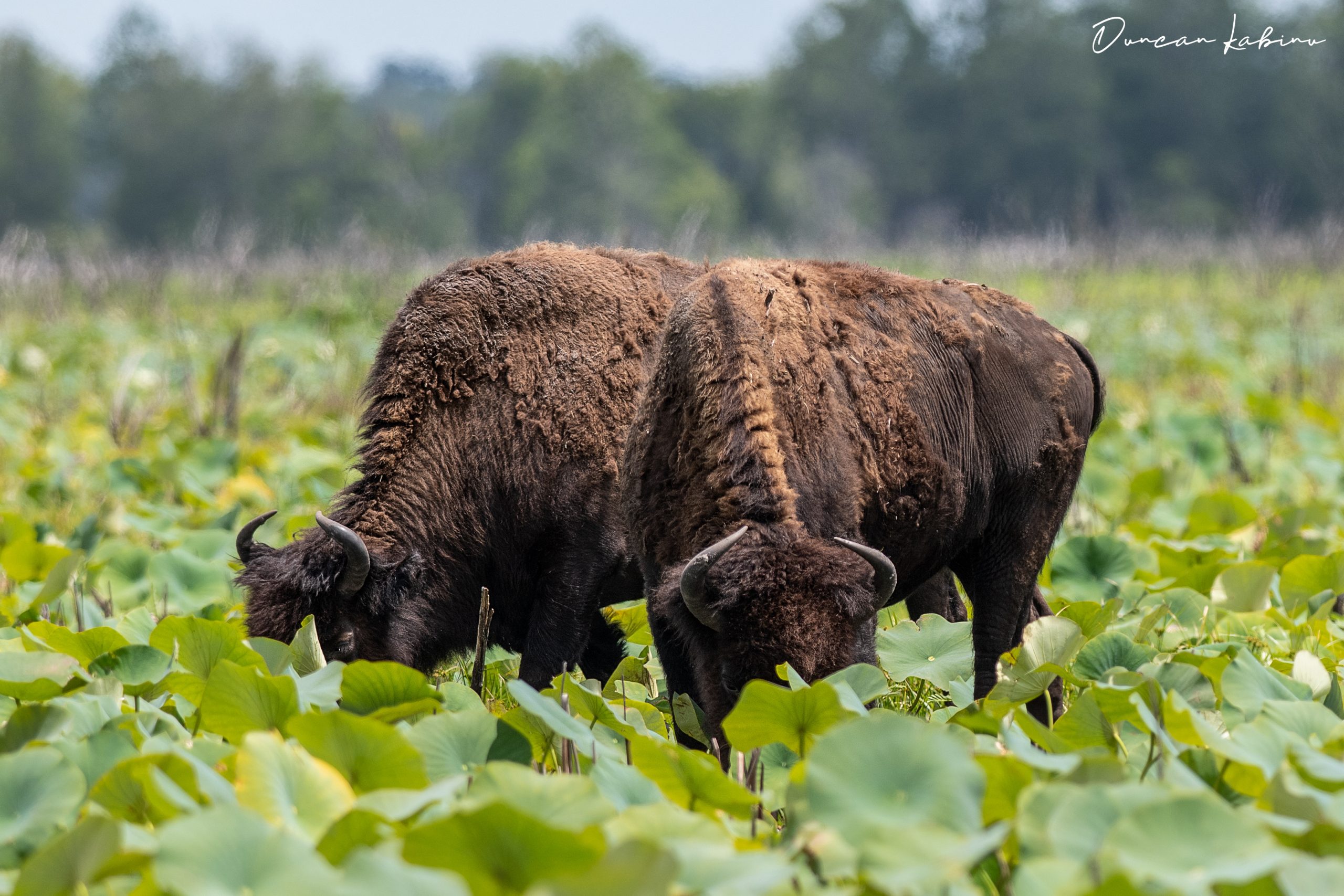
Paynes Prairie Preserve State Park in Gainesville is the only place to see bison in Florida. Bison were reintroduced to the park in the 1970s. Today, there are nearly 40 bison who roam the preserve. Featured here are two of the herd that are grazing. The rest of the herd was nearby lying down in a field of water lilies and plants.
One of the most enjoyable things about photography is the peace and connection to nature that comes with it. For this shot, Duncan waited nearly 90 minutes for some of the bison to begin grazing. It was taken with a 300mm camera a few miles off of Cone’s Dike trail.
Duncan’s Tip
When shooting larger groups of animals, keep an eye on the entire herd. If you decide to focus on a select few, remain conscious of the other animals nearby. Don’t get too close — remember that these are wild animals — and beware of any aggressive behavior. For bison, that’s wagging their tails up.

This photo was taken at an alligator farm in St. Augustine. Great Egret only show off these bright colors when it’s breeding season. When they prepare their nests, they are very particular about the sticks used. They will continue looking until they have found the perfect stick.
“When egret are breeding, their colors are just fascinating. Solid white and then bam — those bright pops of green, orange, and red,” says Duncan.
Duncan’s Tip
For photos like these, from a photography perspective, you need to think about shooting it without blowing it out, as the clouds in the background and a majority of the bird’s body is white.
When you go outside without a checklist, you’re able to better enjoy the experience and your surroundings. It also means you’re more in tune to the sights and sounds around you, as capturing an incredible photo of a migrating osprey isn’t a singular focus. Be patient. There are so many incredible journeys happening all around. We just have to be open to whatever nature puts in your path.
You can follow Duncan on Instagram and view more of his photography on his website.
“I want to bring nature to you so you can enjoy it as much as I do.”
Duncan Kabinu
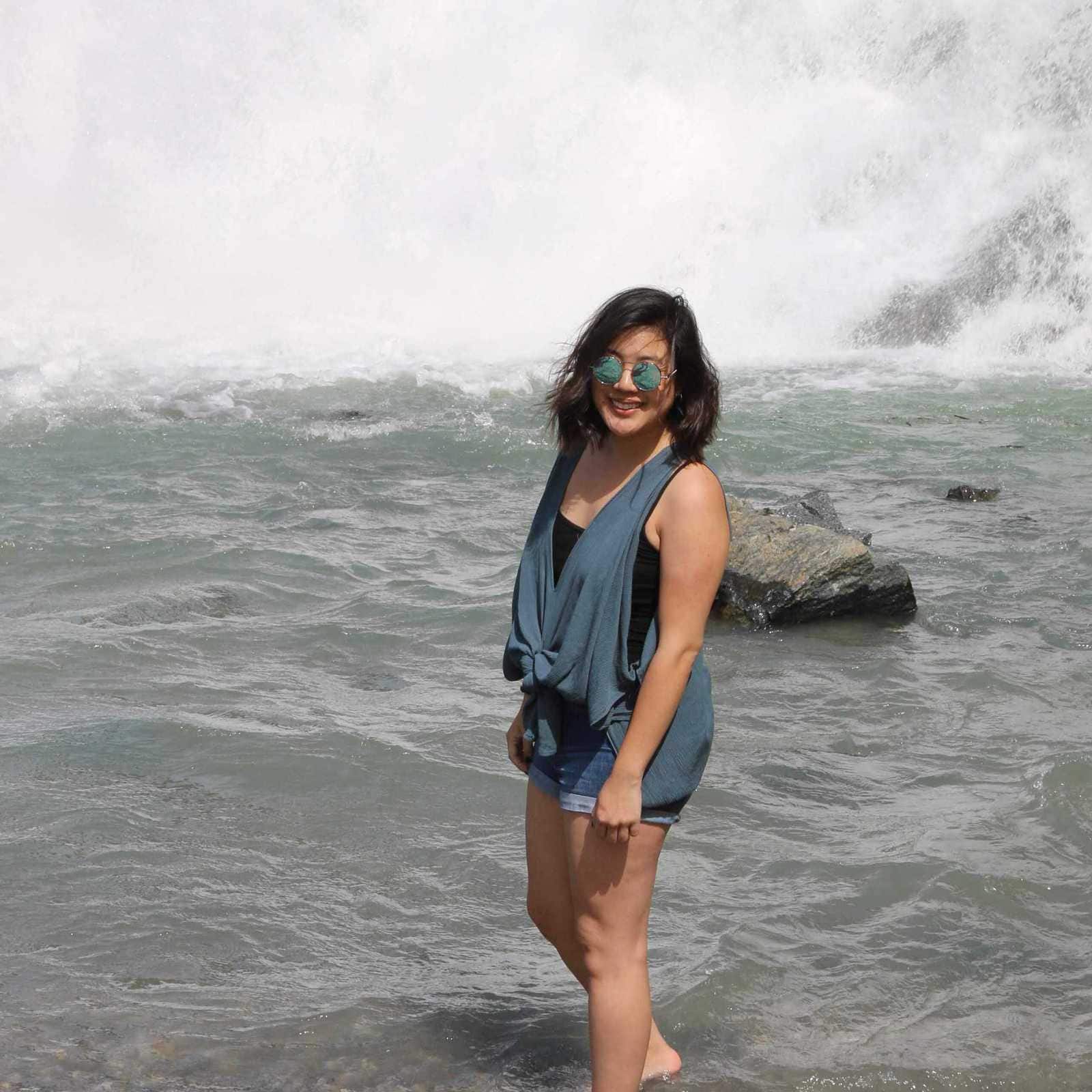

Comments